[…]
Andy Dubill’s postwar O gauge layout
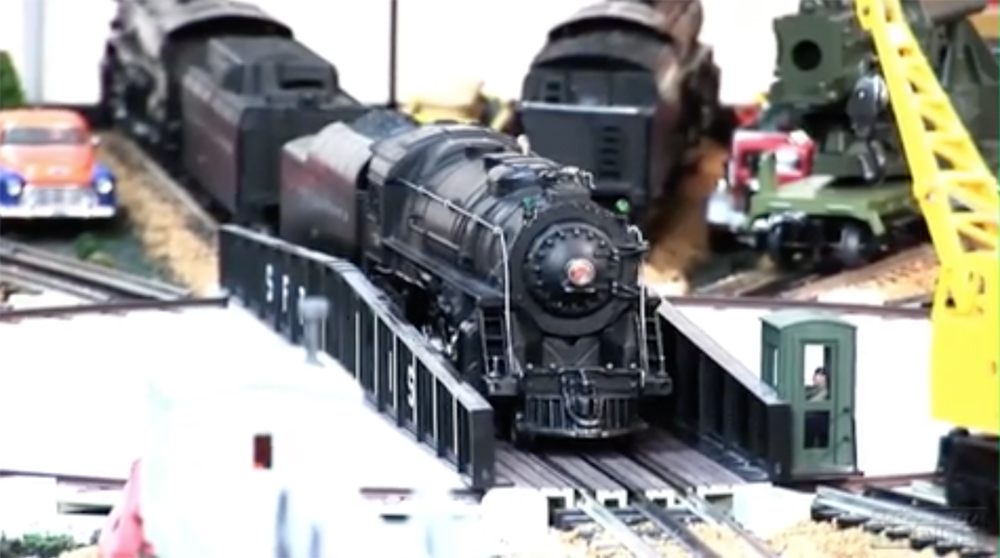
Action may be required on your Trains.com account in order to continue accessing content. Click here to learn more.

[…]
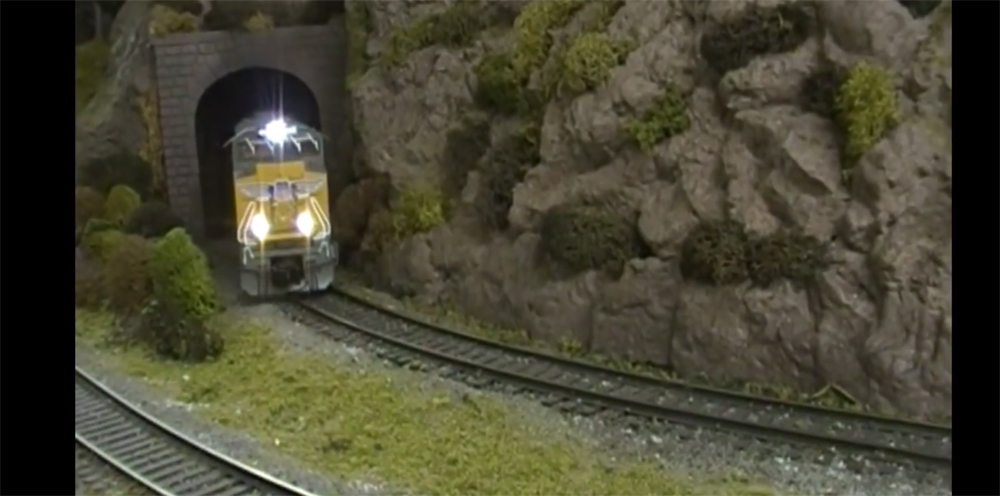
[…]
[…]
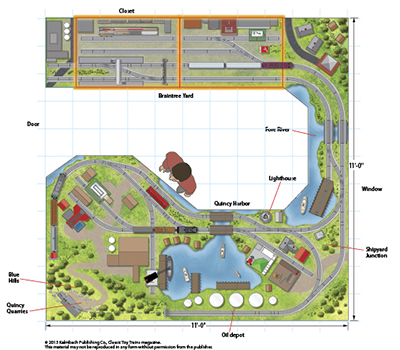
Layout designer: Michael Tylick Scale: O Layout size: 11 x 11 feet Track type: Lionel FasTrack Minimum curve: O-36 Originally appeared in the May 2013 issue of Classic Toy Trains. A Lionel FasTrack modular O gauge railroad that travels A Lionel FasTrack modular O gauge railroad that travels schematic A Lionel FasTrack modular O gauge […]
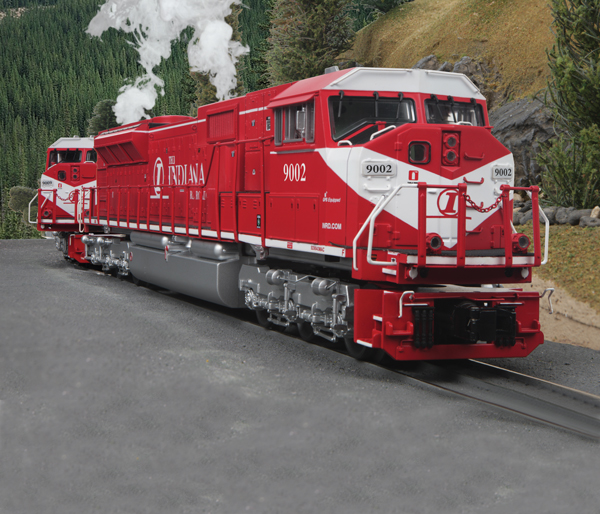
BIG RED: MTH’s Premier line of Electro-Motive Division SD9043MAC diesel locomotives includes the Indiana Rail Road paint scheme. The Indiana-based carrier operates approximately 225 miles of track formerly owned by the Illinois Central or the Milwaukee Road. The line also operates between Chicago and Louisville through trackage rights or haulage agreements. This O gauge model, […]
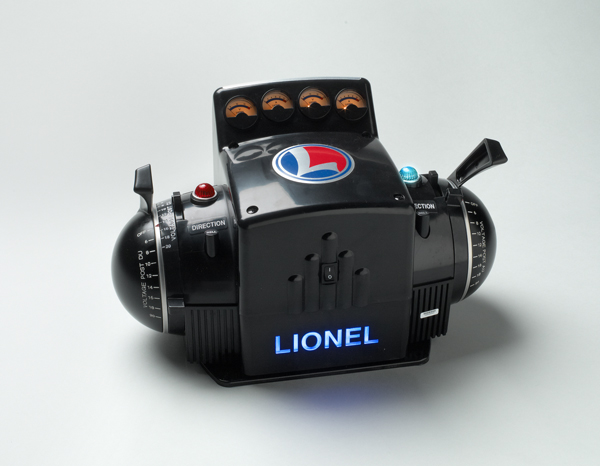
The most iconic power supply in model railroading is the postwar Lionel ZW. First marketed in 1948 as a 250-watt unit and in 1950 as a 275-watt product, it has been the Holy Grail for many toy train operators. The boxy middle, curved ends, and upright handles were captured in MTH’s no. 40-4000 Z-4000 400-watt […]
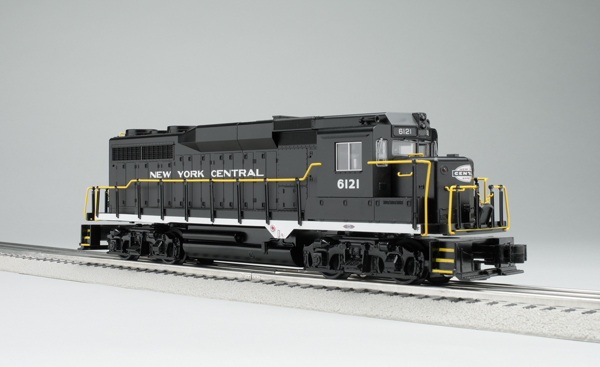
The Electro-Motive Division GP30 road diesel was a milestone. The first of the so-called second generation of diesel engines, it was more modern and efficient than even the F units and Geeps which had replaced steam. Although the timeframe it was produced (1961-63) was limited, nearly 1,000 came off the assembly line at La Grange, […]
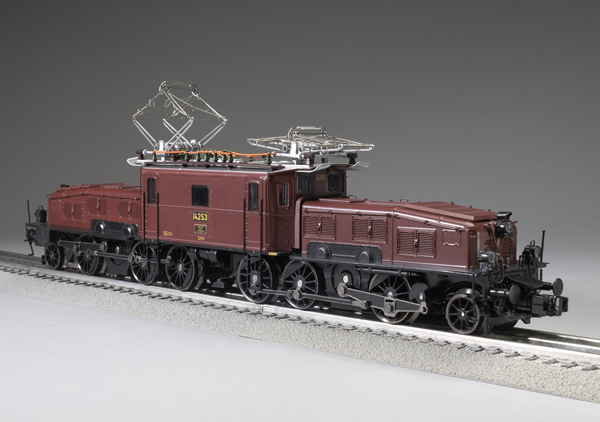
MTH Electric Trains’ latest venture into European outline O gauge is the Swiss Crocodile electric locomotive. The articulated, center-cab locomotive looks like it is straight out of a kid’s book showing the wonders of global railroading. Opened in 1885, the Gotthard tunnel was a significant engineering feat. The 9-mile long line hosted a 2.9 percent […]
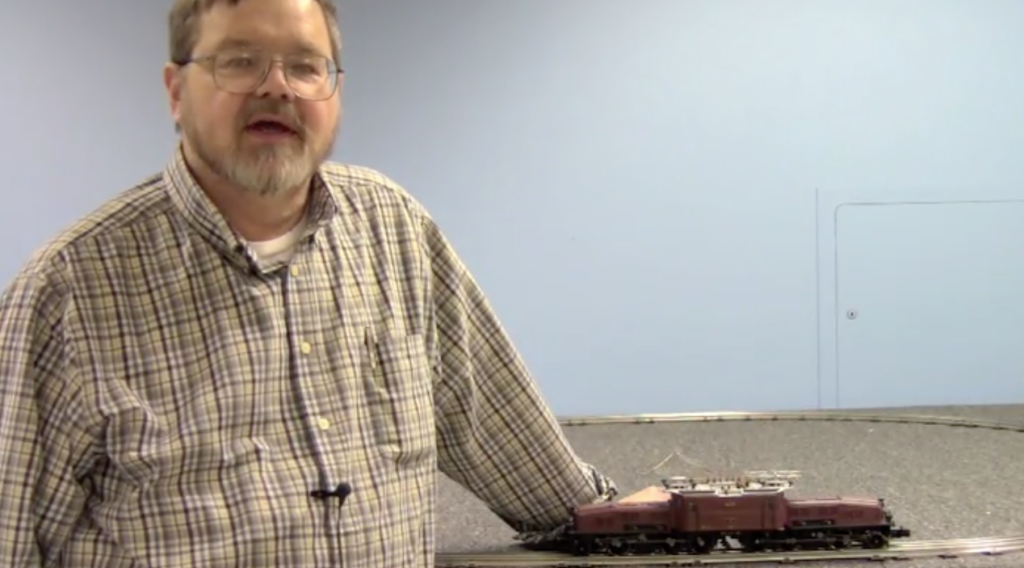
The Swiss Crocodile once traveled through the 9-mile long Gotthard tunnel which provided rail service between Switzerland and Italy. Check out this O gauge model in action! […]
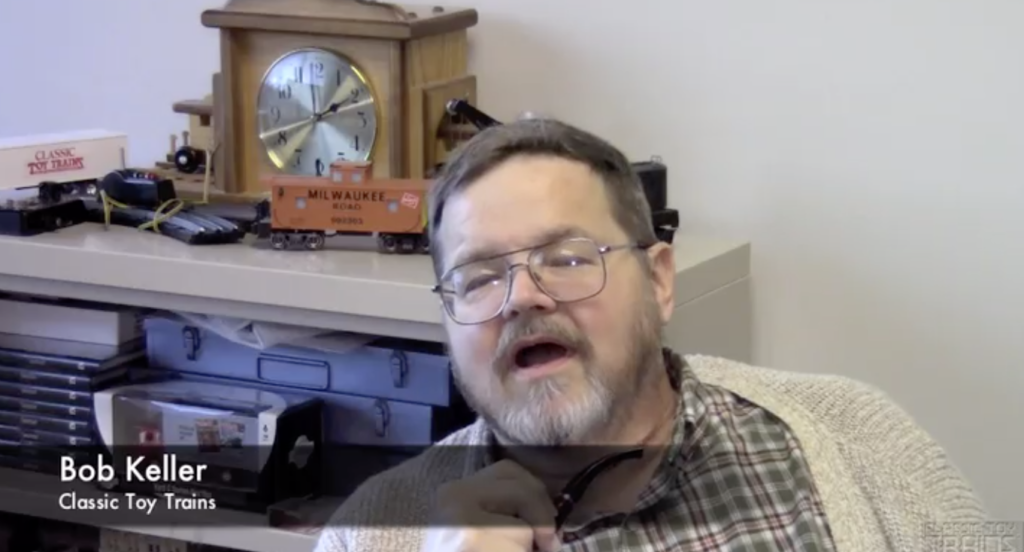
The ZW-L transformer combines an upgraded transformer package with the classic football-style case. Watch the video below to see some of the ZW-L’s features. […]
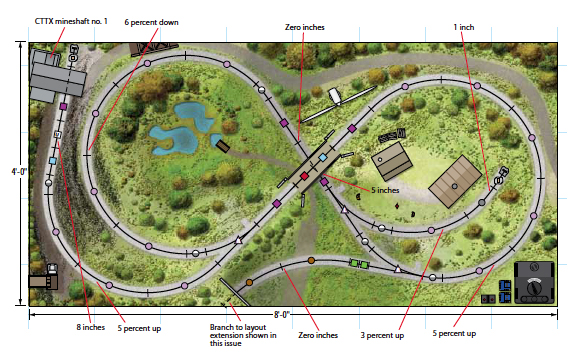
In this article, which originally appeared in the September 2011 issue of Classic Toy Trains, CTT’s Kent Johnson demonstrates how to adapt a track plan from one type of track to another. His example: the Reader’s Choice Railroad, adapted from Lionel O to Lionel FasTrack. Learn the steps for adapting your plan and find an […]
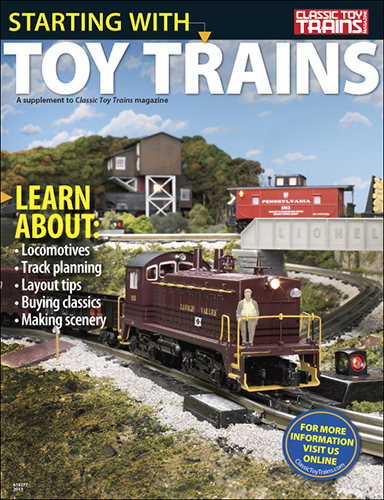
This handy PDF guide has the information you need to get started in the toy train hobby. Learn about locomotives, track planning, layout tips, buying classics, and making scenery! This PDF is a supplement to Classic Toy Trains magazine, your source for toy train tips and how-to articles, track plans, product reviews, collectible items, and […]